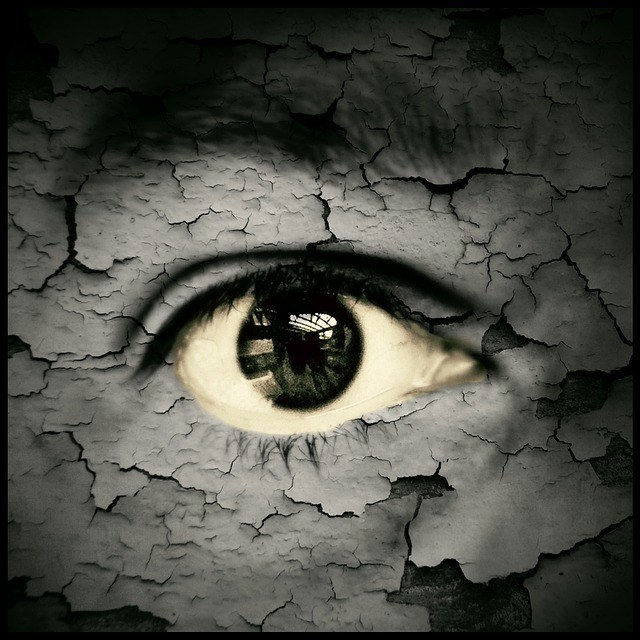
Overview - Überblick
working plan and mission statement - Arbeitsplan und Leitbild
"Tools of Computer Music (WDC01-WDC04) is a mixture of theory and practice, of physical and application experience.
Starting with the basic skills for a computer musician: understanding software: i.e. programming like composing with Csound will give a feel for computing in CM.
The computer as a machine is shown, using real time programming languages such as Puredata as the next step to understanding signal and message processing. The aim is to start at the beginning with structured programming of graphical programming languages to achieve a more intuitive learning curve.
The computer musician's instrument is the computer. The computer needs an operating system. Here we delve deeper into computer technology to master our instrument and play it with virtuosity.
This includes understanding networking locally and over the internet, to using audio streams and control methods.
Controlling the computer for specific, individualised purposes, we learn to develop our own tools, from simple programs to applications as artistic works. Visualisation of algorithmn and computer processes and interfacing with real world is a parallel task on all above. Developping individualized control interfaces, in addition to computer interfaces, is a important aim of understanding and the use of networked devices and computers in electronic music:
- Coding, debugging and use
- Organising source code to work in groups, sharing, debugging and archiving: Subversion, Git, ...
- Communication protocols: MIDI 1.0 and MIDI 2.0, OSC and others, understanding the differences in implementation and use.
The specific interests of the group can be incorporated into these lectures and the projects will be adapted to the current skills.
---
"Tools of Computer Music (WDC01-WDC04) ist eine Mischung aus Theorie und Praxis, aus physischer und Anwendungserfahrung.
Beginnend mit den Grundfertigkeiten für einen Computermusiker: Das Verständnis von Software, d. h. das Programmieren wie das Komponieren mit Csound, vermittelt ein Gefühl für das Computing in der Computermusik.
Der Computer als Maschine wird gezeigt, wobei Echtzeit-Programmiersprachen wie Puredata als nächster Schritt zum Verständnis der Signal- und Nachrichtenverarbeitung verwendet werden. Ziel ist es, mit der strukturierten Programmierung grafischer Programmiersprachen zu beginnen, um eine intuitivere Lernkurve zu erreichen.
Das Instrument des Computermusikers ist der Computer. Der Computer benötigt ein Betriebssystem. Hier tauchen wir tiefer in die Computertechnologie ein, um unser Instrument zu beherrschen und virtuos darauf zu spielen.
Dazu gehört das Verständnis von Netzwerken vor Ort und über das Internet bis hin zur Verwendung von Audio-Streams und Steuerungsmethoden. Wir lernen, den Computer für bestimmte, individuelle Zwecke zu steuern und unsere eigenen Tools zu entwickeln, von einfachen Programmen bis hin zu Anwendungen als künstlerische Werke. Die Visualisierung von Algorithmen und Computerprozessen und die Verknüpfung mit der realen Welt ist eine parallele Aufgabe zu allen oben genannten. Die Entwicklung individueller Steuerungsschnittstellen ist neben Computerschnittstellen ein wichtiges Ziel für das Verständnis und die Nutzung vernetzter Geräte und Computer in der elektronischen Musik:
- Programmierung, Fehlerbehebung und Nutzung
- Organisation von Quellcode für die Arbeit in Gruppen, gemeinsame Nutzung, Fehlerbehebung und Archivierung: Subversion, Git, ...
- Kommunikationsprotokolle: MIDI 1.0 und MIDI 2.0, OSC und andere, Verständnis der Unterschiede bei der Implementierung und Nutzung.
Die spezifischen Interessen der Gruppe können in diese Vorlesungen einfließen und die Projekte werden an die aktuellen Fähigkeiten angepasst.
